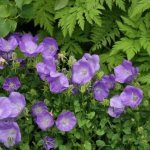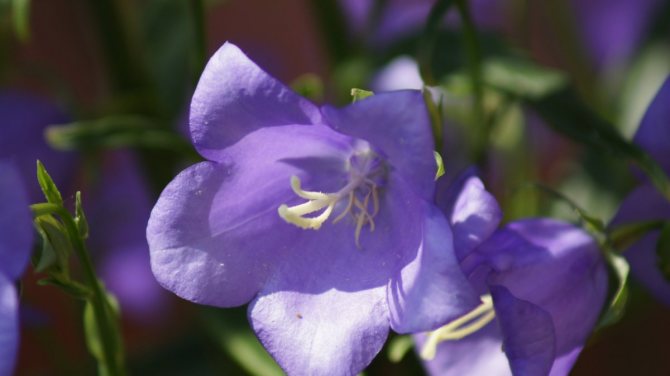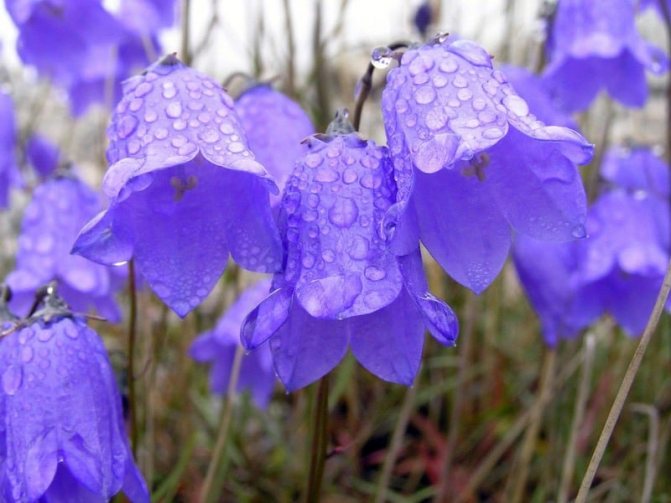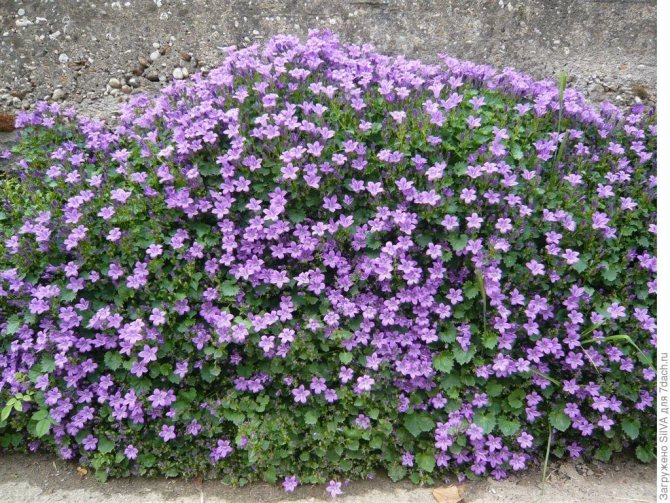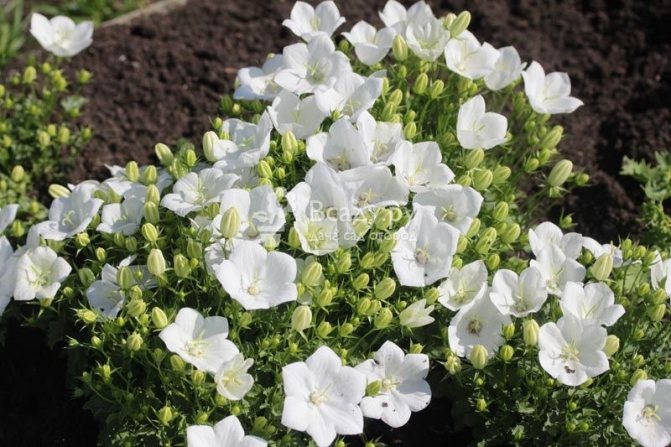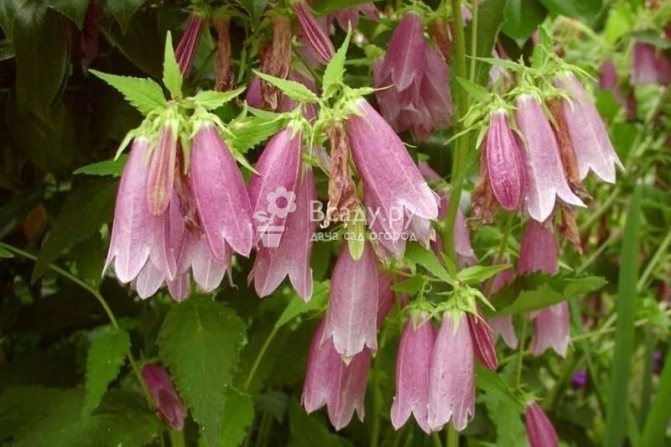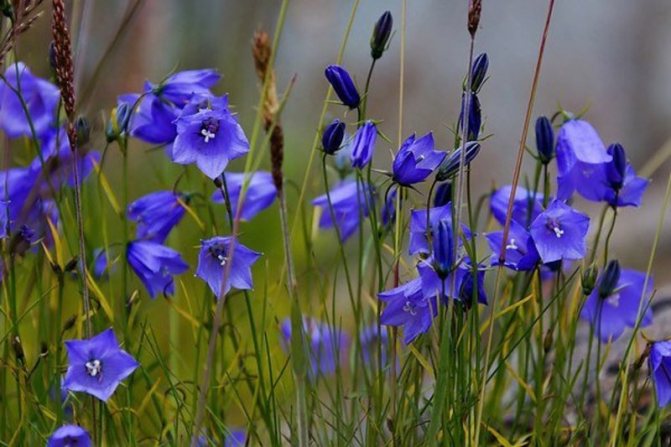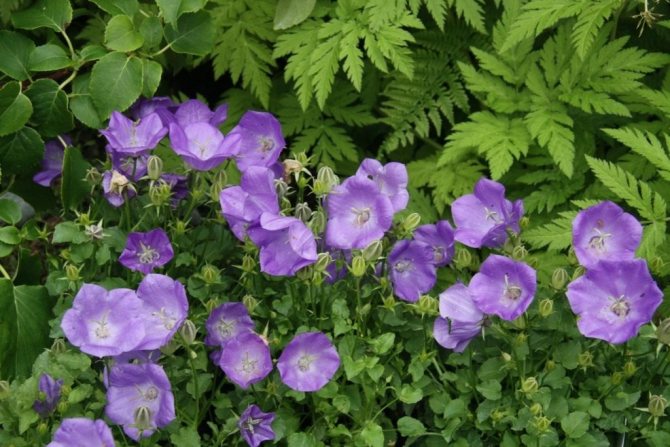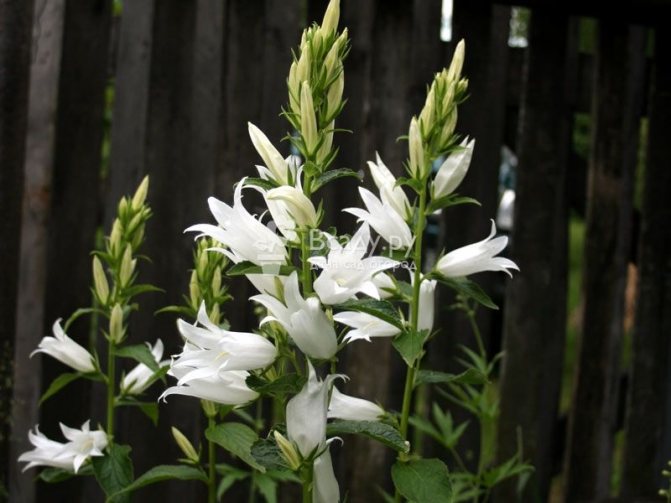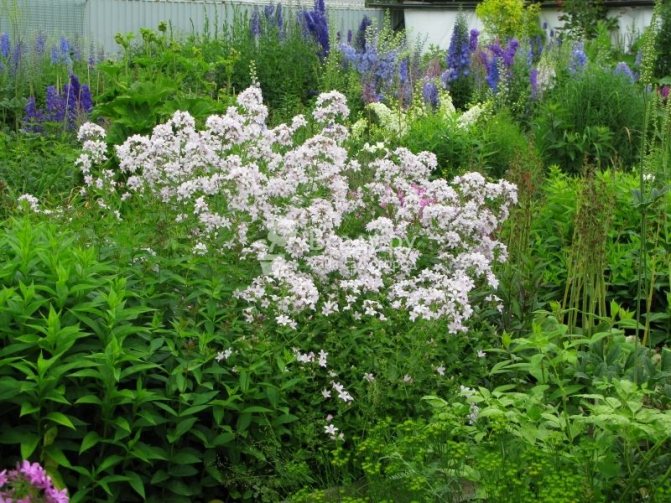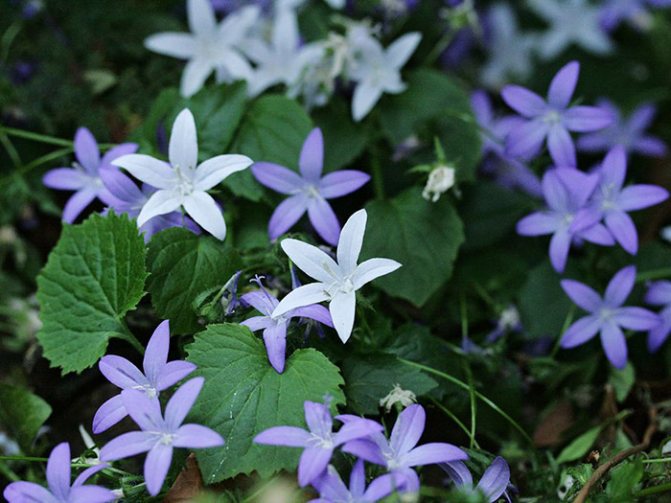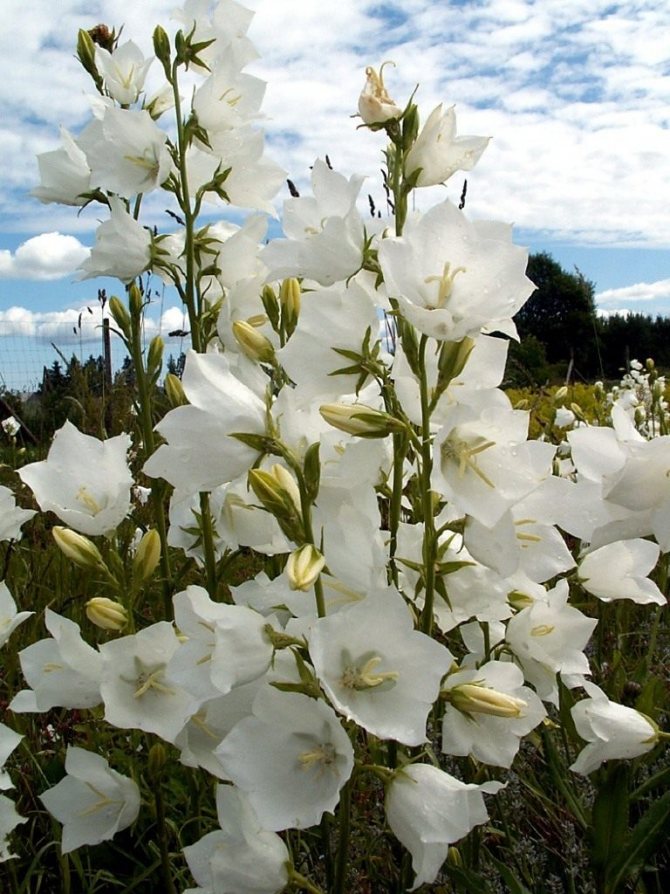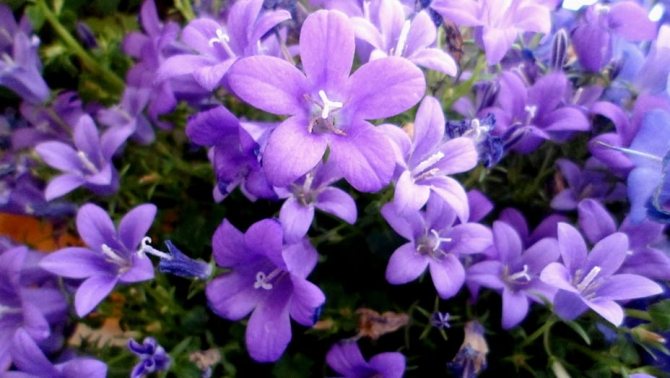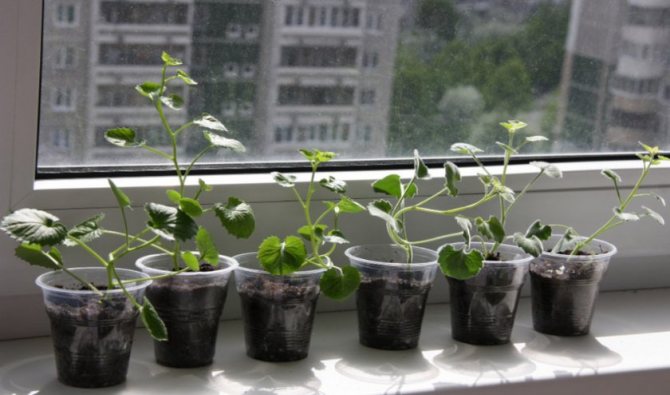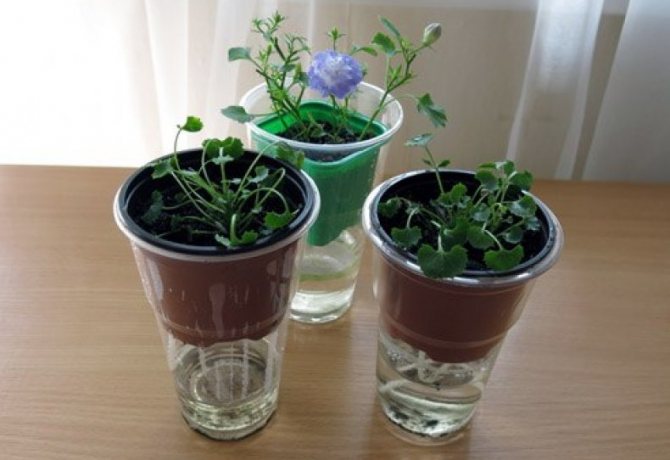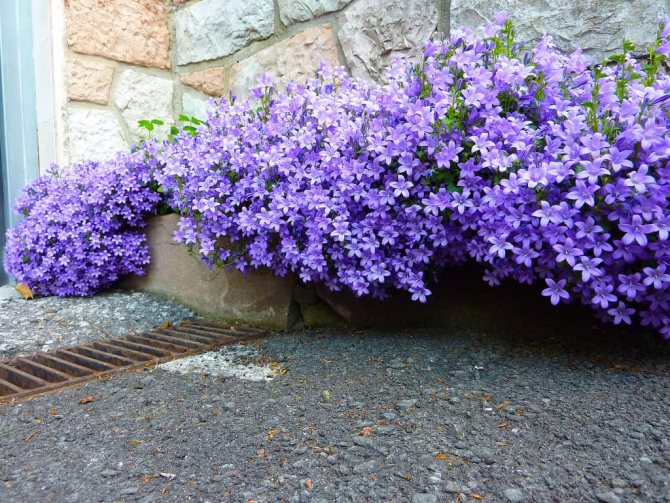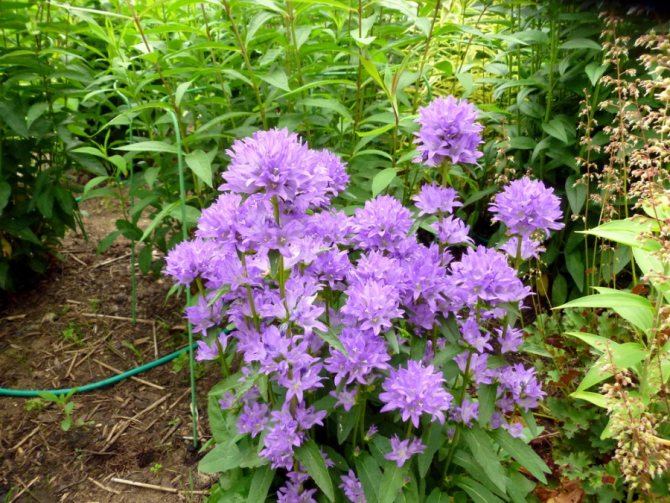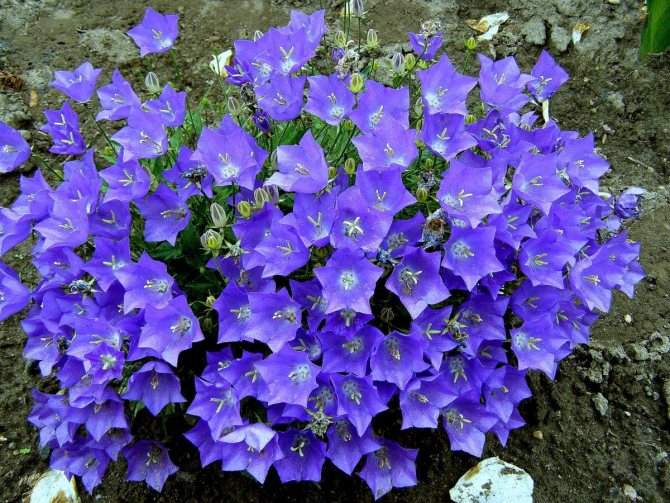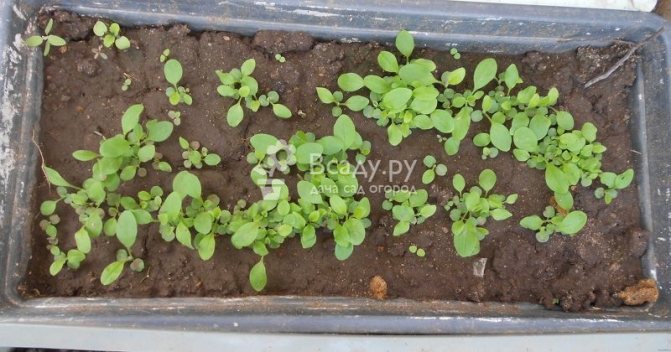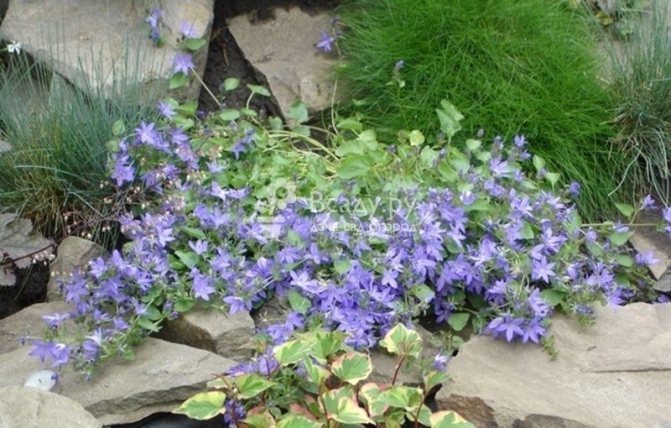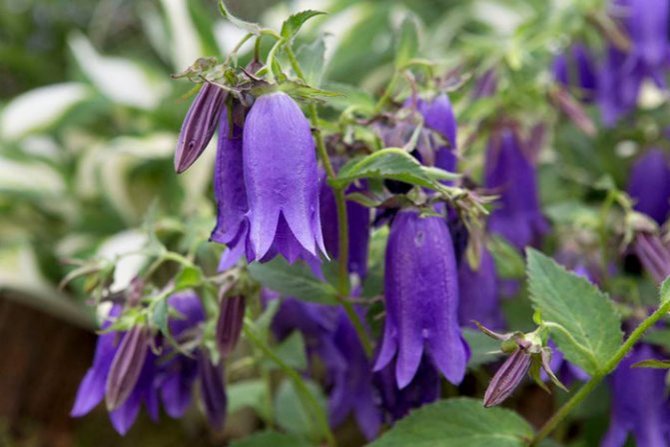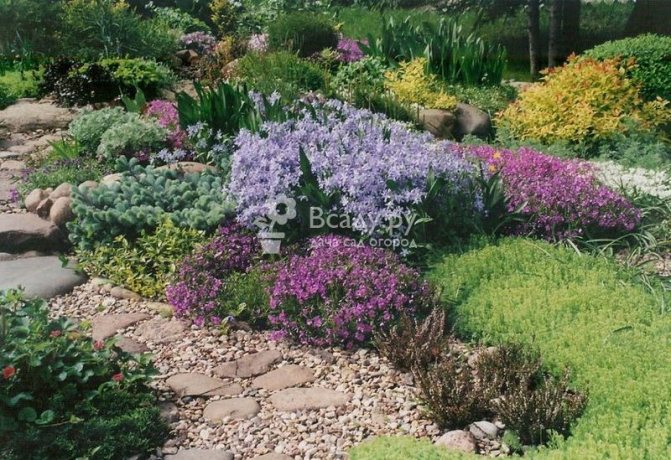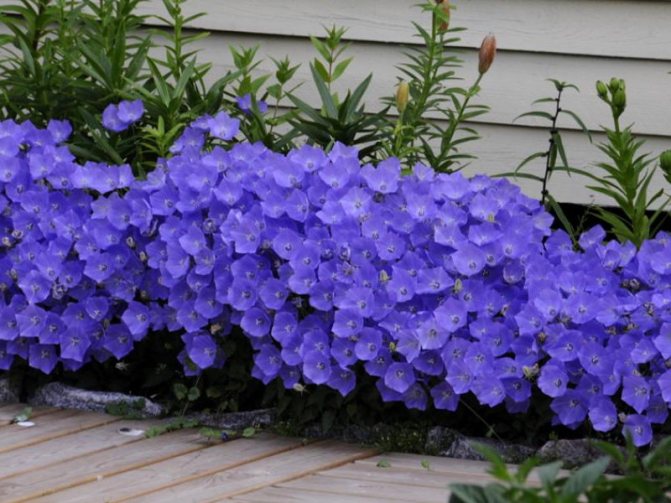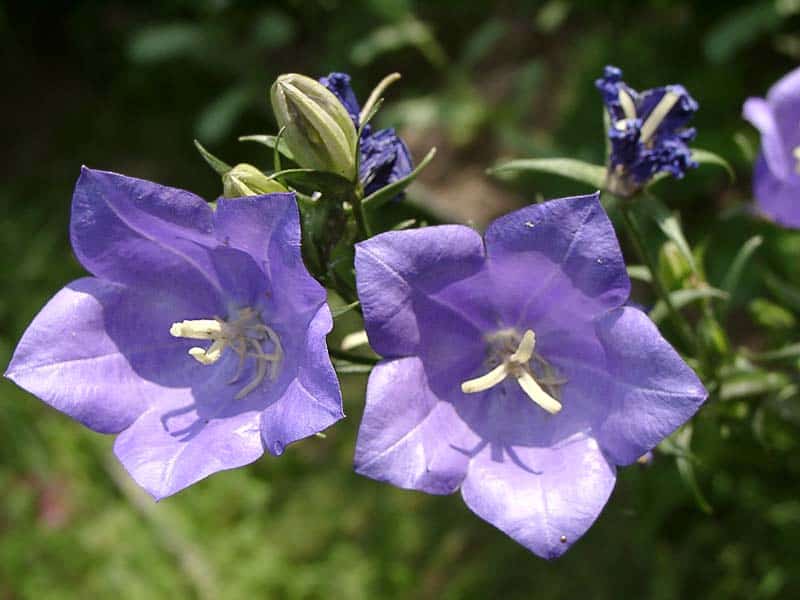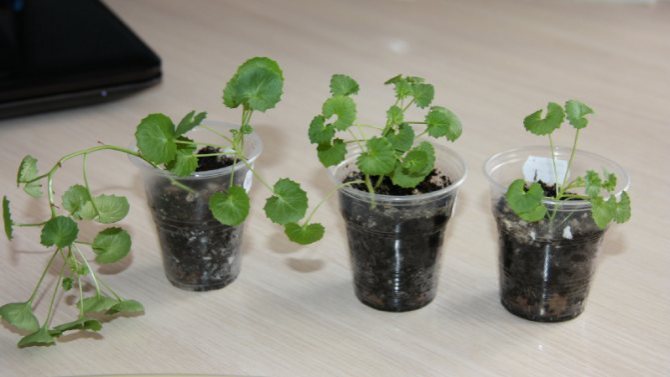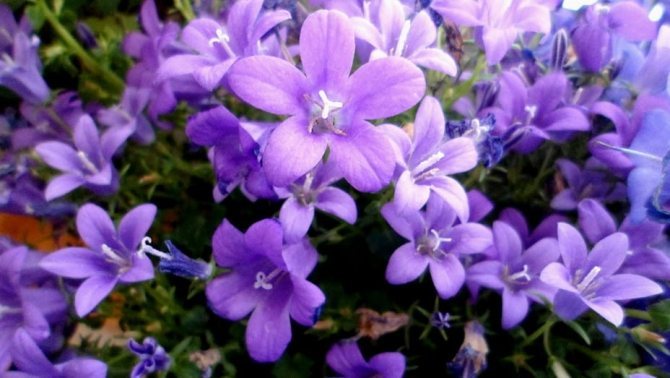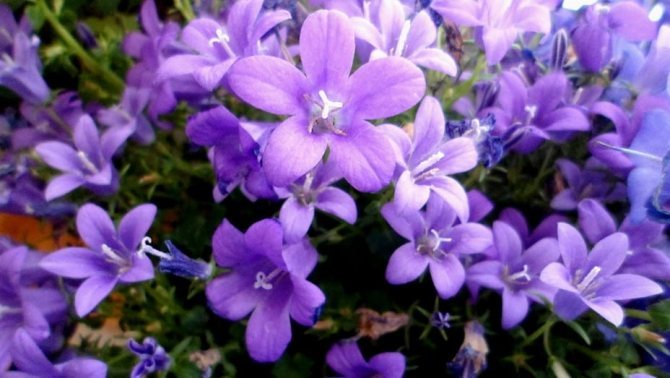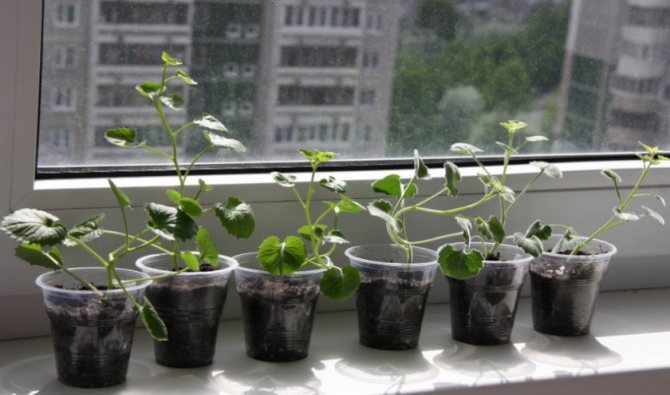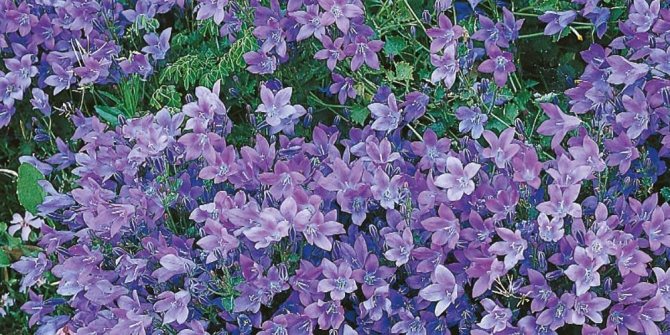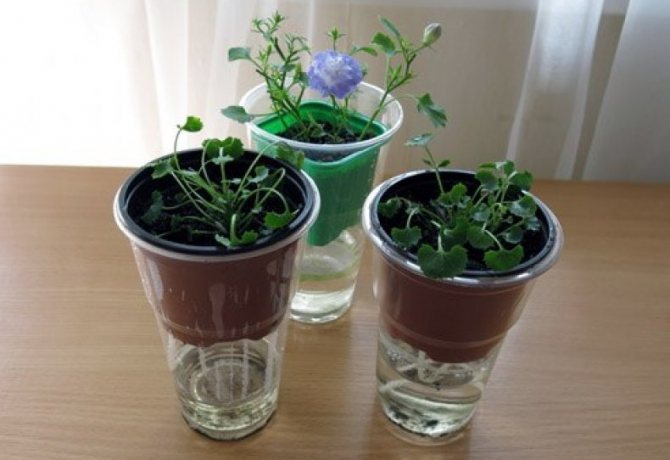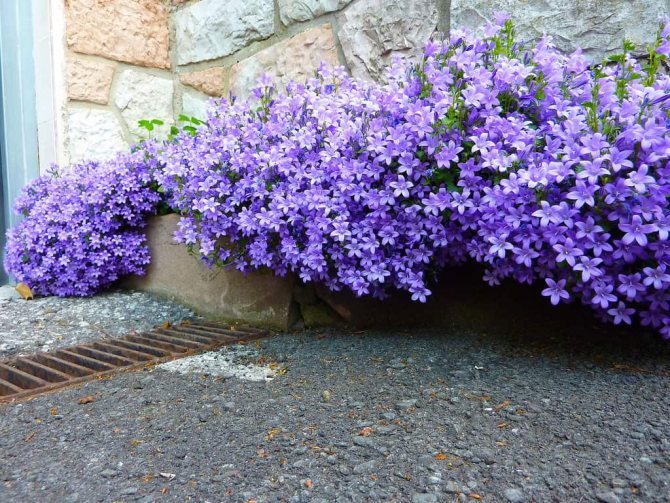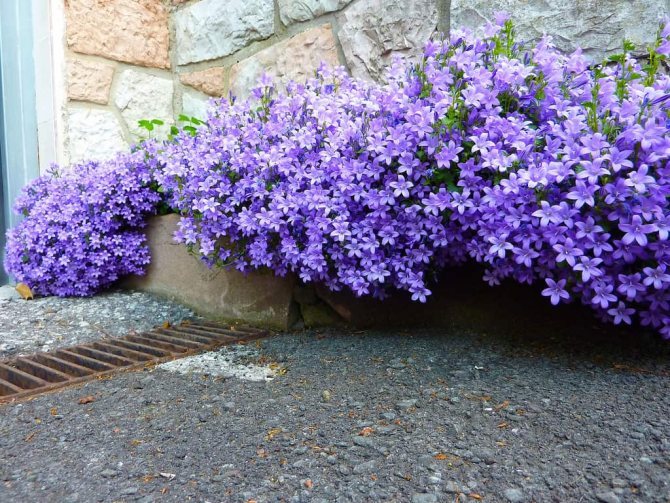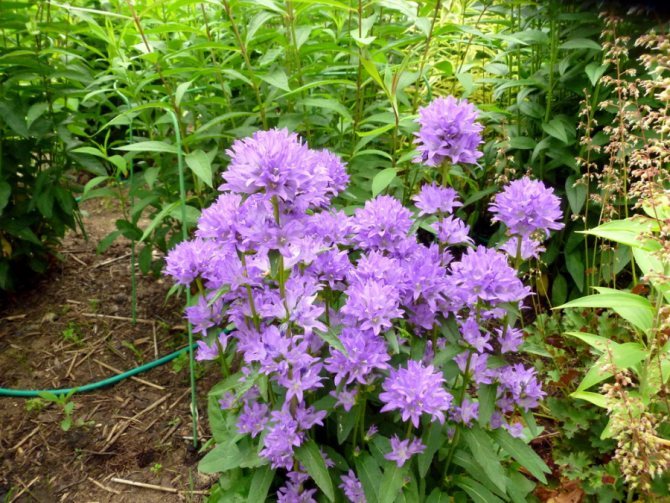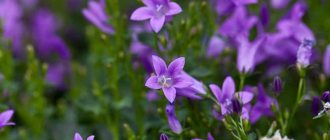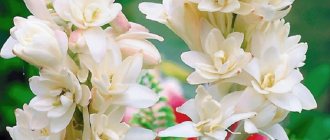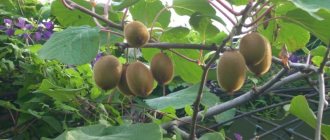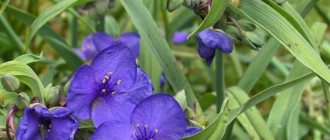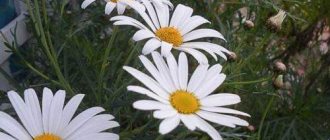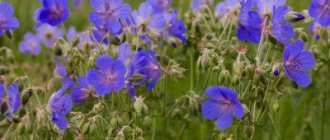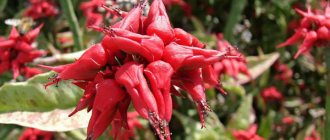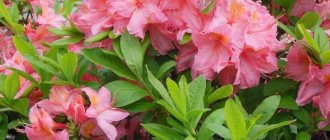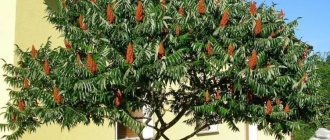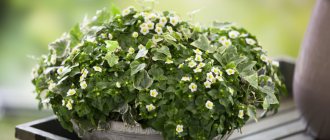Description
Campanula garden is undemanding to growing conditions, it grows in various places - forest, steppe, rocks and wastelands. The homeland of the flower is the Mediterranean countries, it grows well in regions with a temperate climate - in Asia, North America, in the Caucasus.
The plant is herbaceous, perennial, the stem can be straight or creeping, up to 1 m long. The leaf blades on long cuttings are cordate, about 7 cm long. The shape of the inflorescences is pyramidal. Flowers up to 4 cm in diameter, various shades: white, purple, blue, pink, etc.
The flowering phase begins in June and ends in September.
Garden campanula is a perennial moisture-loving crop that needs regular watering, especially in the phase of active vegetation and flowering. The soil must be drained so that water does not stagnate, as the root system can rot. If wilted flowers are removed from the bush in a timely manner, you can activate and stimulate the formation of new buds. In October, the stems are cut, and the root system is insulated with fallen leaves or peat.
Carpathian bell (Campanula carpatica), cultivar ‘Blaue Clips’
Undoubtedly, the Carpathian bell variety is the best in terms of abundance and purely practical characteristics. The modest height of the plant, never exceeding 25 cm, is fully compensated for by surprisingly large graceful flowers up to 3 cm in diameter with a beautiful transition from light to dark, bright blue color. But even the size of the flowers cannot compete with their number: the greenery of the bell is practically invisible under the constantly blooming new flowers.
Their shape is charming: wide, like cups, they sparkle with freshness and cheerful "eyes". In addition, this variety blooms tirelessly from June to August, much longer than the rest of the Carpathian bells. The bell of this variety grows in the form of dense, compact hemispheres, the leaves are very bright, heart-shaped and pleasant to the touch.
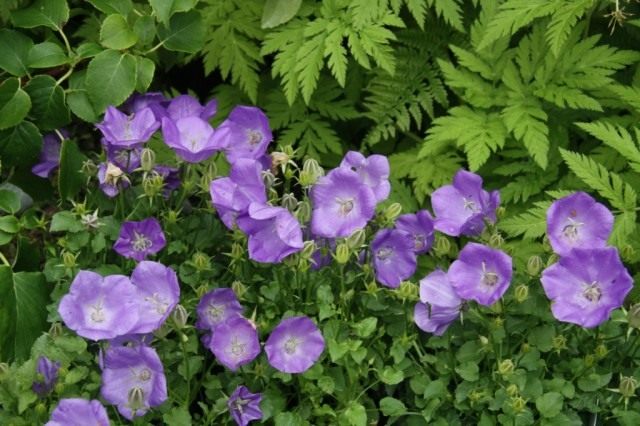
Carpathian bell, ‘Blaue Clips’ variety.
The advantages of "Blau Clips" can be safely ranked as unpretentiousness. It will bloom profusely both in the sun and in partial shade, and requires virtually no maintenance. But the plant will be comfortable only on calcareous soils, loose and excluding the risk of moisture stagnation.
Views
Bellflower (Campanula lactiflora)
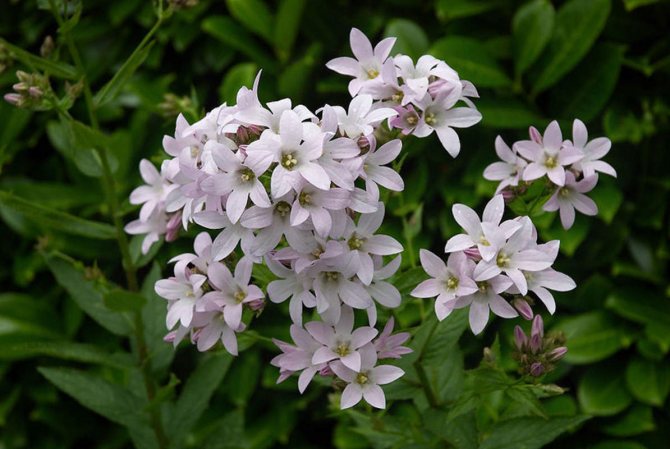

Bellflower (Campanula lactiflora)
The plant is perennial, with a branched stem about 90 cm long, photophilous. The diameter of the flower is about 3 cm, the shade is milky or lilac, the inflorescence is pyramidal.
Campanula carpatica
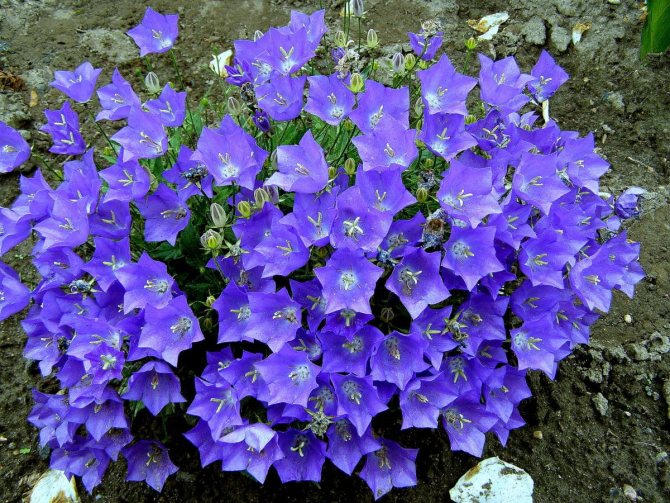

Campanula carpatica
In nature, it grows on the slopes of the Carpathians, Central European limestone rocks. Decorative, unpretentious, long-flowering frost-resistant culture. The height of the bushes is about 40 cm, the stems are mostly erect, the shoots are covered with villi, branching. Leaf plastics of a green hue, slightly hairy, with veins, round-heart-shaped. The flowers are large, solitary, cupped, about 5 cm in diameter, shade of blue, white or purple, formed on the tops of stems and branches.
The flowering phase begins in mid-summer and ends in autumn. Used in the design of rock gardens and balconies.
Campanula peach (Campanula persicifolia)


Campanula peach (Campanula persicifolia)
The plant is up to 95 cm high, the leaf plates are similar to peach leaves, the flowering phase lasts all summer, the flowers are blue or white.
Campanula nettle (Campanula trachelium)
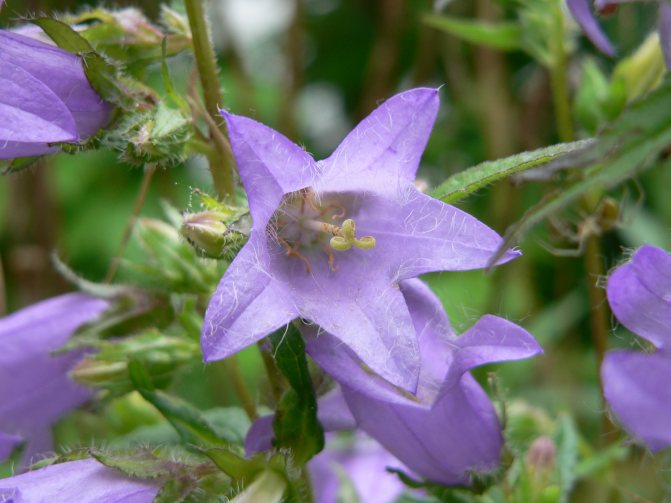

Campanula nettle (Campanula trachelium)
The stem is branched, straight, its height is about 1 m. The flowers are large, white or light purple. Blooms profusely until the end of summer. The leaf blades are serrated, rough.
Pozharsky bell (Campanula poscharskyana)
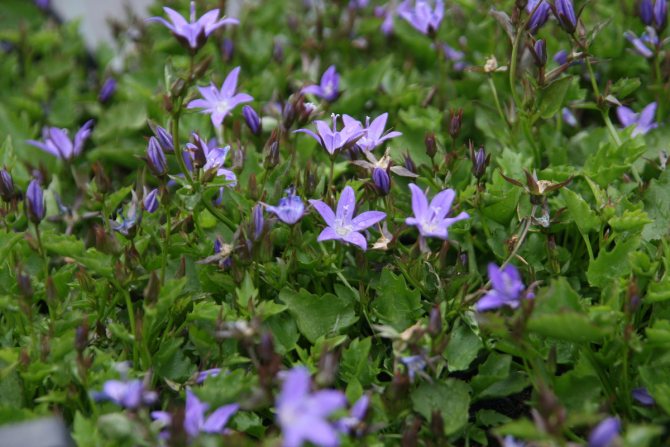

Pozharsky bell (Campanula poscharskyana)
The leaf blades are round, creeping shoots, long, small flowers, up to 2.5 cm in diameter, bright lilac in color. Cold-resistant and shade-tolerant plant.
Crowded bell (Campanula glomerata)
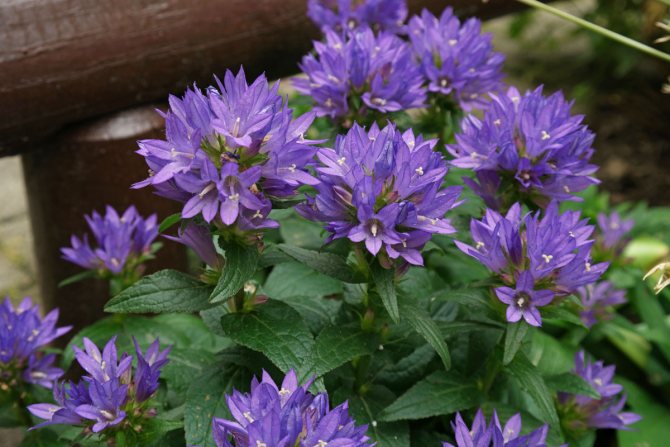

Crowded bell (Campanula glomerata)
The plant is about 60 cm high, the stem is erect, rarely bristly. The root system is fibrous, the leaf plates are alternate, smooth on top, bristly on the back, elliptical in shape. The flowers are bell-shaped, blue in color, the inflorescence is spherical. The plant is undemanding to soil conditions, frost-resistant.
Broad-leaved bell (Campanula latifolia)
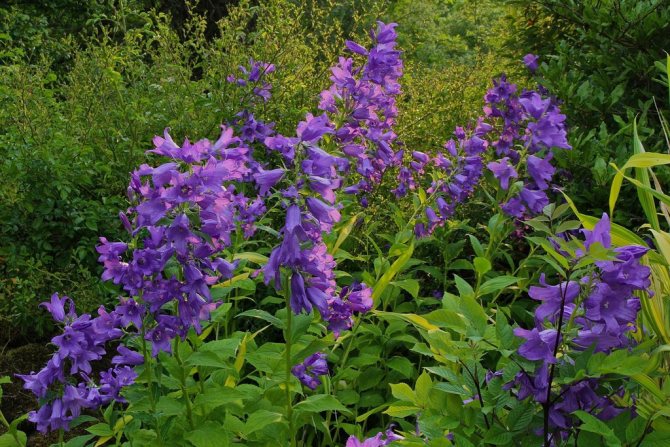

Broad-leaved bell (Campanula latifolia)
It can grow up to 120 cm, the root system is well developed, it grows up to 15 cm in length. The leaf blades are ovate, slightly pubescent. Flowers of a lilac shade.
Bell middle (Campanula medium)
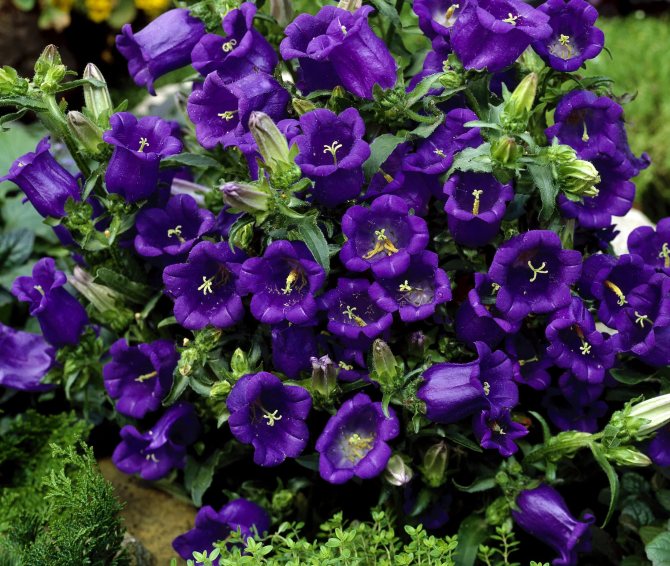

Bell middle (Campanula medium)
Height up to 1 m, branching stem, basal leaf blades have a lanceolate shape, narrow sessile leaves are located on the stem. The flowers are large, up to 7 cm in diameter, located along the length of the stem. They bloom alternately, the flowering phase lasts 60 days. The shape of the flowers is bell-shaped or goblet.
Bell Pozharsky (Campanula poscharskyana), variety 'Silberregen'
It is the undisputed leader among modern hybrids of this species. For Campanula Pozharsky, the variety is really unique, because it not only blooms without the slightest stimulation in the form of scraps tirelessly, from May to September, but also has an amazing abundance. It is limited in height to 20 cm.
The unique shining silver shade of the charming small flowers' white color is only enhanced by the fact that the lush rugs of dark greenery on the plant are literally hidden under the unthinkable number of flowers of this summer star. But the shape of the flower also deserves attention: thanks to the elongated-pointed lobes, each individual bell on the plant looks like an asterisk, which only enhances the charm of the variety.
Read also: Classification of windrowers
The ‘Silberregen’ is highly regarded by professionals and amateur gardeners all over the world. This variety is rightfully considered one of the best flowering plants for decorating retaining walls, rockeries, rock gardens and hillside gardens. And by far it is the brightest white-colored bell. For all its unearthly beauty, similar to a placer of silver "Silberregen" fully retains the dignity of its more modest counterparts in terms of endurance, winter hardiness and durability.
Growing features
There are several things to consider when growing a plant:
- it is necessary to remove dried flowers in a timely manner. This stimulates the formation of new buds, so the flowering will be abundant;
- in October, the stems need to be cut off, and then the root system should be insulated with fallen leaves and peat;
- tall varieties should be tied up so that they do not bend or break from gusts of wind;
- the bush is updated annually, planting new cuttings;
- if the leaf blades begin to turn yellow from too bright rays, the bush must be shaded.
Soil selection and planting site
The site must be well lit, protected from wind gusts.The soil solution is neutral or slightly alkaline. The soil must be drained, before planting it must be dug up, weeds must be removed.
Fertilizers and feeding
In the phase of active vegetation (spring-summer), once every 14 days, the plant is fed with nitrogen-containing micronutrient fertilizers. After flowering, phosphorus-potassium fertilizers are applied.
Watering
The soil should be well moistened, it is recommended to water the garden campanula daily. In the fall, the amount of watering is reduced.
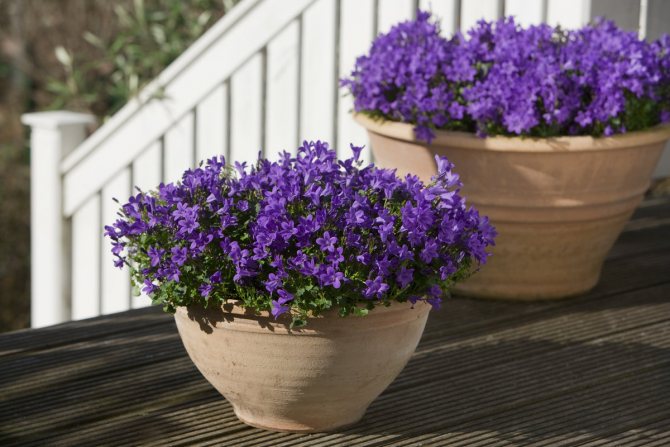

Loosening and weeding
Weeding is carried out regularly to prevent the growth of weeds, which negatively affect the development of the plant. After watering, the soil must be loosened to provide the roots with oxygen.
Transfer
The plant does not tolerate transplanting very well. If it still needs to be done, it is best to do it at the end of August. Garden campanula should be transplanted together with an earthen clod so as not to damage the root system. A prepared depression in the soil is watered with water, a plant is placed in it and sprinkled with soil.
Pruning
In the second year of life, Campanula garden forms several peduncles. This can cause depletion of the plant, so the excess peduncles are cut off. In the middle of autumn, the aboveground part of the bush is cut off, leaving 10-15 cm.
Wintering
The plant is cut off, the roots are insulated with opal foliage or peat.
Pests and parasites
Aphids, ticks and a butterfly can be distinguished from parasites. They entwine the leaves, interfering with the normal functioning of plant tissues and cells. In the fight against them, there are effective drugs and substances containing manganese or sulfur.
Creeping tenacious: varieties, planting and caring for a plant
A drug such as metaldehyde fights against slugs. It should be scattered at three kilograms per square meter. This procedure should be carried out from the end of May to June. During this period, they are the most active. Copper sulfate fights well against root rot.
Regardless of the species, bells can be affected by various diseases:
- Sclerotinia (due to the long stay of the plant in the same place). It affects the organs of the entire plant. If diseased elements are not utilized, the disease can spread to other healthy species, bushes and even trees. Easily transported with pollen. There is no cure and remedy for it, only preventive measures - in the form of a change in the soil composition and the place of planting a flower.
- Botrytis is a fungus of gray rot, which occurs during the process of bacterial infection, which damages either the fruit (seeds) or disfigures the flowering and the whole inflorescence.
Reproduction methods
There are such methods of reproduction of the garden campanula:
- dividing the bush - carried out in May or August. The plant is dug up, divided into several parts, each of which consists of an underground and aboveground parts, has growth points. Then the delenki are planted in the prepared grooves. If the size of the bush is large, small parts are cut off from it with a sharp shovel, which are then planted in the chosen place;
- cuttings - in June, an annual peduncle is cut off, planted in loose soil, shaded. In thirty days it will take root;
- seeds - harvested when the boll turns dark brown. Seed material is dried, sown in open soil in autumn, lightly sprinkled with soil, watered. Springs appear in the spring. When they grow up, they are transplanted into a prepared recess to a permanent place.
Possible problems
If you do not adhere to the basic rules for caring for a garden campanula, some problems may arise:
- for planting, you need to choose a well-lit area, otherwise the growth of the plant slows down, the stems are stretched;
- the soil must be drained so that moisture does not stagnate, the roots do not rot;
- it is necessary to water the bushes in a timely manner so that the soil does not dry out, and the plant does not suffer from water deficiency;
- the soil needs to be loosened, the root system needs oxygen.
Plant care
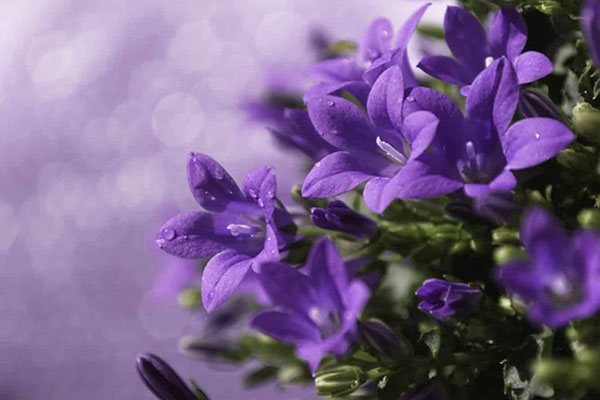

Planting a campanula in the garden involves leaving with sufficient watering. It is necessary to organize a regular supply of warm water in small volumes. Usually, once a day is enough, in very hot dry weather - 2 times a day, in autumn - less.
When the soil dries up, the bell dies in a few days.
Fertilizers must be applied during the period of active growth and flowering - in summer and spring. To improve the quality of the soil, mineral fertilizers are suitable.
Campanula care after flowering is shown in the video:
Campanula garden in landscape design
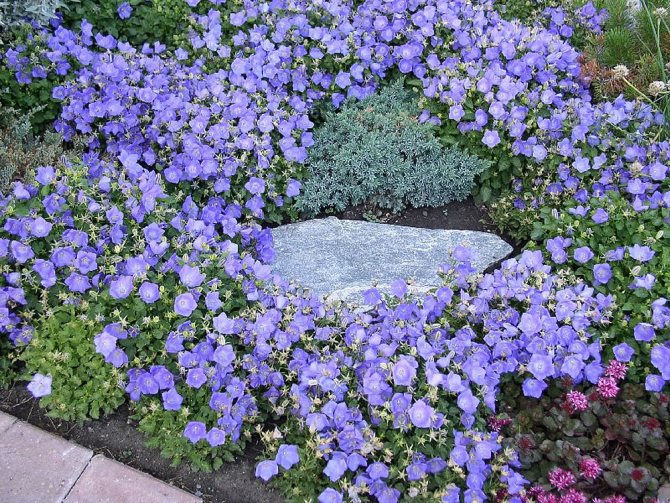

When decorating curbs, rockeries, flower beds, rabatok, low-growing varieties are used, combining them with other flowers (for example, with ferns or mallow). Campanula garden looks good in the middle of a flower bed and as a carpet plant.
The plant is undemanding, responsive to care and attention paid to it. Plant several different varieties in your garden and enjoy their bloom from early summer to fall.
Bell peach (Campanula persicifolia), cultivar ‘Grandiflora Alba’
This snow-white bell is truly the leader of its kind. It is distinguished by the perfect shape of the flowers, as if floating weightlessly on thin branched peduncles. The elegance and beauty of the lines of this perennial, the height of which reaches 70 cm during flowering, and in favorable conditions even 1 m is emphasized by a dark cushion of greenery at the base of graceful shoots. The leaves are bright, graceful, with beautiful denticles at the edges.
The flowers are large, up to 5 cm in diameter, exemplary in shape, pure white in color. They are collected in graceful brushes and droop charmingly. Flowering of the variety continues throughout the summer, from early June to late August.
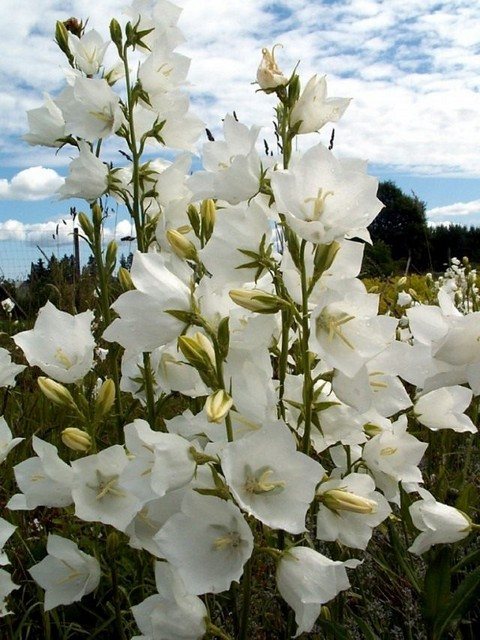

Bell peach variety 'Grandiflora Alba'. <>
The variety "Grandiflora Alba" is considered truly royal, because the pure snow-white color of elegant flowers creates one of the strongest effects of inner radiance in the garden palette. The number and beauty of blossoming flowers create a shining veil, airy and weightless over the flower beds and ridges.
It is one of the most abundant plants for complex compositions and produces bright, solid color spots in summer. All he needs for a bright parade is loose loam and bright lighting.

